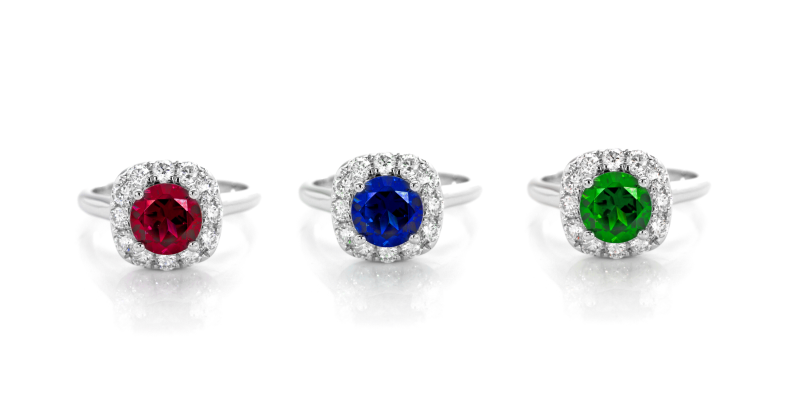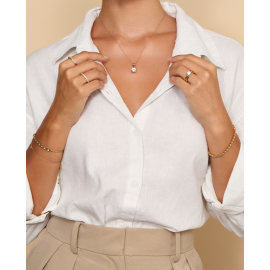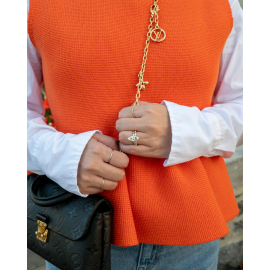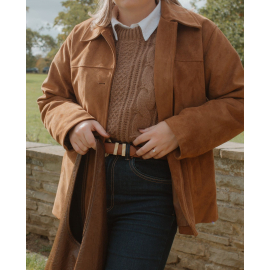Price match guarantee

We’ve teamed up with Klarna to provide flexible payment options, allowing you to shop the way you want. With Klarna, you can split your payment into 3 instalments or choose to pay later, making your shopping experience smoother and more convenient. Your order total must be between £100 and £499 to qualify.

We’ve teamed up with Klarna to provide flexible payment options, allowing you to shop the way you want. With Klarna, you can split your payment into 3 instalments or choose to pay later, making your shopping experience smoother and more convenient. Your order total must be between £100 and £499 to qualify.

September 01, 2020 | by Admin
It is law within the UK that every item of precious metal sold such as Platinum, Gold, Silver is stamped labelling the item with the type of metal it is. Platinum pieces which weigh less than 0.5 grams, 18ct Gold and Palladium pieces weighing less than 1.0 gram and Silver pieces weighing less than 7.78 grams are except from hallmark.
At Diamonds Factory all our products are hallmarked as per UK hallmarking law from London Assay Office (The GoldSmith Company)
The Goldsmiths' Company Assay Office is the oldest assay office in the United Kingdom. It has provided hallmarking services since The Goldsmiths' Company was founded in the 1300s. The company received its royal charter in 1327 and ranks 5th in order of precedence of the 12 Great Livery Companies of the City of London.
Hallmarking dates back to the 1300s when Edward I of England passed a law requiring any item made of silver, which was offered for sale, to be at least of equal quality as that of the coin of the realm (silver currency). The wardens of The Goldsmiths' Company were tasked with visiting workshops in the City of London to assay (test) silver articles. If these articles were found to be below standard they were originally destroyed and the metal forfeited to the King. If they passed, each article received the King's mark of authentication - the mark of a leopard's head. By 1478, there were several hundred workshops and merchants manufacturing silver articles in the City of London. It was not possible for the wardens to visit them all so the merchants were ordered to bring their items to Goldsmiths' Hall for testing and marking and a permanent Assay Office was established in the building. This is the origin of the term hallmark - struck with the King's mark at Goldsmiths' Hall.
In 1544 the Goldsmith's Company adopted the King's mark as their town mark and the mark of the leopard's head is now internationally recognised as the mark of this assay office.
The Goldsmiths's Company Assay Office is still based at Goldsmiths's Hall and remains the oldest company in Britain to be continually trading from the same site. However, it also has two satellite offices; at Greville Street in Hatton Garden in the heart of the London jewellery quarter and within a high security complex near London's Heathrow airport. It now has a new off-site facility within the Dalston-based jewellery manufacturer, Allied Gold. This is the first time in the Assay Office's 700 year history that it has opened permanent hallmarking services on a customer's premises.
In addition to hallmarking, the office has now expanded its range of services to support the jewellery trade and enforcement authorities. It offers a variety of specialist analytical services including nickel, lead & cadmium testing, antique silver dating, non-destructive compositional analysis, plating thickness measurement and a melt and assay service for scrap precious metal carried out in their fully independent on-site laboratory. Other services offered are a jewellery valuation service, laser marking, trading standards assistance, high quality photography and a comprehensive range of training and educational seminars, lectures and specialist events.






Without a doubt, diamonds are the most popular precious stones for engagement rings, but did you know there are many more to choose from?
From beautiful coloured gemstones, marvellous yellow diamonds and unique black diamonds, there are plenty of precious stones to adorn your engagement ring. Each one is unique in its own way and offers a different finish. In this article, we discuss 6 types of precious stones for engagement rings.
1. Diamonds - Diamond engagement rings
It is no secret that diamonds are the most popular stone for engagement rings. They are formed when carbon is exposed to high pressure, and heat under the Earth’s mantle. This process takes millions, if not billions, of years to complete. The amount of time it takes for diamonds to form is just one of the things that makes them so special.
Diamond engagement rings are ideal for proposing to your loved one as diamonds represent faithfulness, purity and commitment.
2. Sapphires - Sapphire engagement rings
Sapphire engagement rings have long been associated with royalty and have become increasingly popular for proposals. This is possibly due to the fact Prince William proposed to Kate Middleton with his mother’s sapphire and diamond engagement ring.
Sapphires are gemstones of the mineral corundum. Corundum is clear, but it is the trace elements that determine its colour. In this instance, blue sapphires get their colour from the presence of titanium or iron. Sapphires do, however, come in a variety of colours such as pink, yellow and purple.
3. Yellow diamonds - Yellow diamond engagement rings
Yellow diamonds can be discovered all over the world such as Central Africa, Australia, Brazil and Congo. Yellow diamonds are rarer than clear diamonds. They get their yellow colour, during the process in which they are formed, from the presence of nitrogen molecules. These molecules absorb blue light which, in turn, enable the diamond to reflect as yellow.
Yellow diamond engagement rings are truly special. They symbolise the beginning or the continuation of a lifetime of love, making them a great choice for a proposal to your loved one.
4. Rubies - Ruby engagement rings
Did you know that sapphires and rubies are made of the same mineral - corundum? It is the presence of chromium that gives rubies their signature red colour. All other colours of gem-quality corundum are known as ‘fancy sapphires’ such as pink sapphires, purple sapphires, orange sapphires and green sapphires.
Rubies are the birthstone for those born in July and are known as the ‘stone of love’. They are thought to symbolise passion, power and energy. For this reason, ruby engagement rings are a great alternative to a diamond if you are looking to propose.
5. Black diamonds - Black diamond engagement rings
Black diamonds are mystical and unique in appearance. Although they may not be the first precious stone to consider when you are searching for an engagement ring, they are a great choice if your loved one is a fan of alternative styles.
If you are searching for a black diamond engagement ring, platinum or white gold metal tends to be favoured to provide a striking contrast between the stone and the setting. Black diamonds also look beautiful when paired alongside clear diamonds. They are thought to represent ‘unchanging love’ making them ideal for a proposal.
6. Emeralds - Emerald engagement rings
Emeralds have a beautiful green hue that is favoured among many. They are formed when beryllium, aluminium, silicon, and oxygen combine in hydrothermal veins (veins filled with hot water) within the earth. They are often found in metamorphic rock, volcanic deposits or cracks in areas of granite.
An emerald engagement ring is a great choice if you are searching for a unique piece to propose with. Emeralds are sometimes referred to as the ‘stone of successful love’ and have long been thought to possess spiritual power and healing properties.
Discover our range of gemstone engagement rings online or head to our engagement ring cost report 2020.